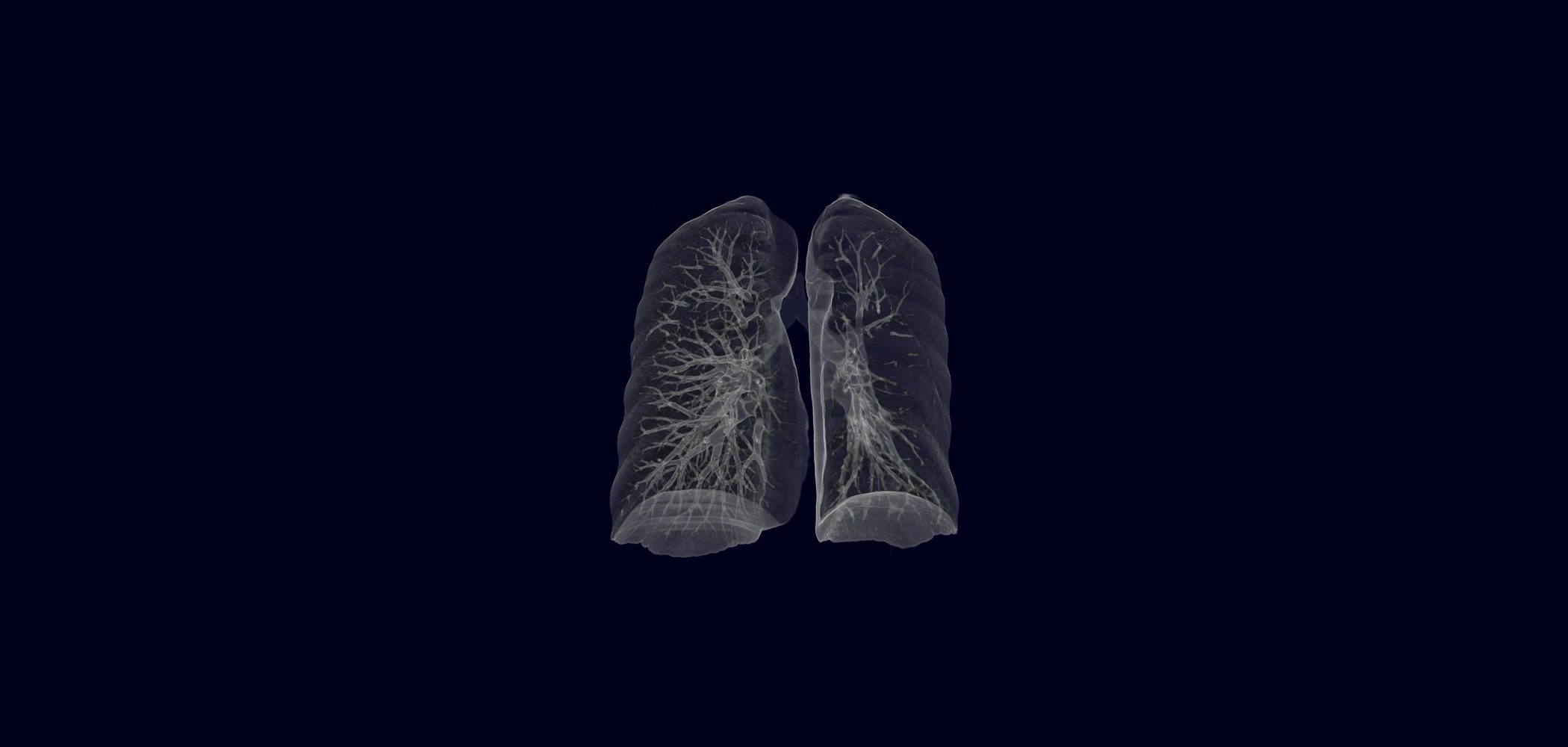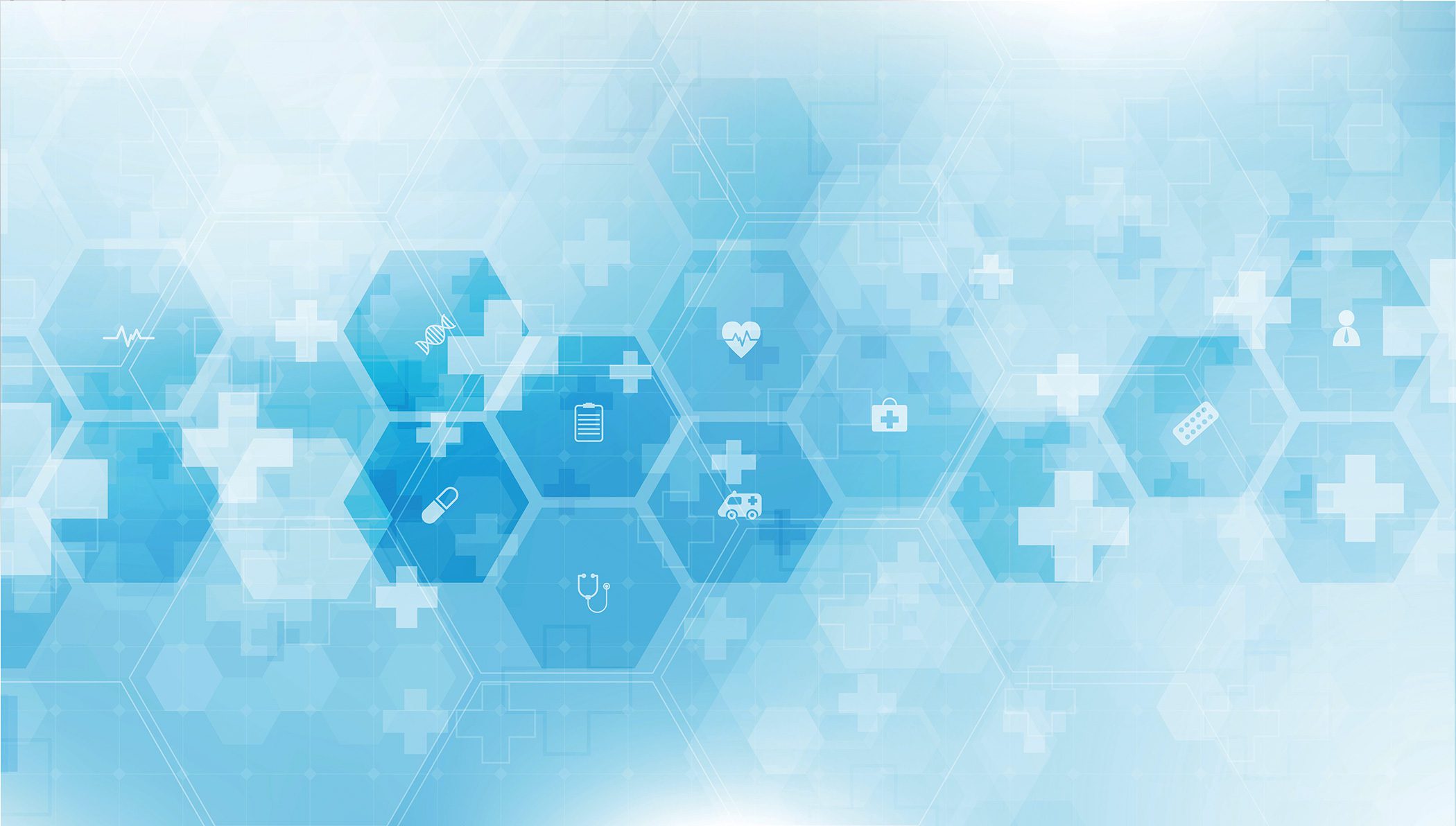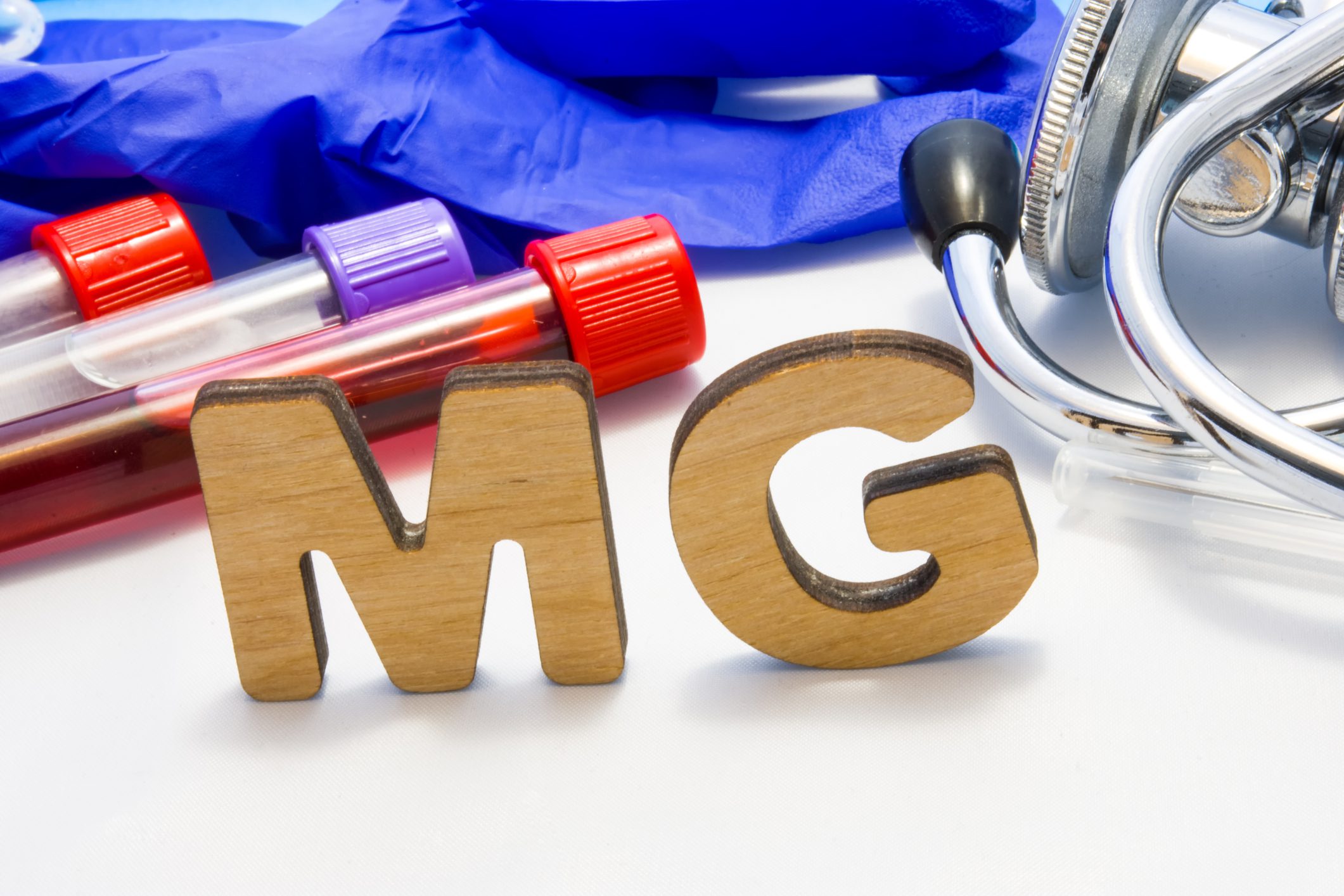Three projects presented at the 11th Trend Days Health in Lucerne were dedicated to the not always easy interaction between the medical system and the patient. One was the question of how best to deal with medical offerings on the Internet or via mobile apps. Do they represent competition or a valuable tool for the physician? And what benefits does the patient derive from this? A project from Zurich shows how a mobile app can be used profitably by both parties. Equally burning is the question of the care situation in old age. Here, integrated models offer an attractive solution for optimizing the link between care and housing.
Jens Apermann, Pleja GmbH, spoke on the topic of “WWW – World Wide Competition for Patients”: Google recently ended the so-called Helpouts project after 18 months, which gave Internet users who used certain search terms the opportunity to consult a doctor immediately and free of charge via video call. Of course, the goal is to offer a pricing system for such services in a second step, which provokes the question: Why pay online for a medical opinion when you can also visit your family doctor? “Because it’s faster, more convenient, more discreet and possible at any time online,” was the speaker’s simple answer. The driving forces behind these changes are money, rapid developments in technology, the patients themselves, and politics. While Google and Co. are investing hundreds of millions, healthcare systems are suffering from a lack of money. Sensor technology for mobile devices is developing rapidly and becoming more user-friendly. Many lay applications are convenient and nicely done, digital natives have no application problems or even inhibitions. E-health is also a major priority in the EU’s digital agenda. In addition to helpouts, there are a variety of emerging medical offerings:
- 3G-Doctor offers video consultation of a doctor via smartphone incl. electronic health record (£35 per consultation, user numbers unknown).
- Self-management of asthma and COPD via sensor on inhaler and data transmission via smartphone (resulting in profiles that help avoid risky regions and improve therapies).
- The ECG as a smartphone attachment detects heart rhythm disturbances at any time and regardless of location.
- Baby Watch offers ultrasound and heartbeat measurement for pregnant women via smartphone.
“Now you will say: But these are flashes in the pan and isolated cases! That may be true, but they are also signs of change,” says Apermann. Initial contacts with patients and also the fees migrate to the web, and referrals are often made to competitors from other locations. Patients are increasingly self-diagnosing and thus want to be taken seriously by professionals. And not to be forgotten: Online contact has the potential to relieve both sides and intensify the bond between doctor and patient. “So they either have the opportunity to actively invest in the new technologies, take the risk of competition, and expand the capabilities of their own practice with the innovations. That’s how they tap into new patients. Or you can avoid that risk, ignore the changes and retire with your existing patient base. That’s the earn-out option,” the speaker explained.
Consilium – Connecting doctors and patients more closely
“Consilium is a science-based platform (app) that records a patient’s well-being and makes the data available in real time to both the patient and the doctor,” said Mathis Brauchbar, describing his own project. Until now, there have been different methods for recording medical information: own memory, printed notes, Excel spreadsheets, notes on smartphone or tablet. However, these variants are not bundled and are usually incomplete, containing a retrospective and therefore delayed report of symptoms. The assessment of the relevance of the symptomatology may differ.
The app now offers a consolidation of information from the doctor and the patient. It integrates a treatment plan, timely standardized assessment of well-being/symptoms, explanatory videos, and medical recommendations. Both the physician and the affected person can access this data in real time. In addition, the patient has the option of saving private notes. In the best case, this increases the patient’s motivation and self-confidence and, as a consequence, therapeutic success and quality of life. “It will also reduce treatment costs,” Brauchbar said.
Integrated offers for seniors
According to Luca Stäger, Tertianum Group, the four central developments in the rapidly growing market for the elderly are the individualization of services, greater flexibility in the range of services, the increase in the very elderly (increase in the complexity of care) and the integration of services (combination of living and care). “Today’s offerings are: Spitex for the independent living phase with autonomous living, nursing home for assisted living for fragile patients, and care centers for the dependent living phase,” he said. So-called Senior citizen institutes offer supply integration along the entire service chain and thus a solution for every living and life situation. Optimally, they consist of the following components or offerings:
- Spitex services
- autonomous living
- Nursing Department
- Day Center Pro Senectute
- Possibility for social contacts
- Practice for Physio-/Ergotherapy
- Medical practice
- Cleaning and concierge services
- Bistro/Cafeteria.
As long as such retirement centers are offered at a fair price, they have numerous advantages. On the one hand, they follow the principle: outpatient before inpatient (80% apartments, 20% care) and thus promote the autonomy of the tenants. Thanks to Spitex, tenants stay longer in the apartment, and there is also the possibility of transitional care with subsequent return to the apartment. “The models show that the Roman statesman Marcus Tullius Cicero was right in his statement: It is not age that is the problem, but our attitude toward it,” Stäger concluded his presentation.
Source: 11th Trend Days Health, 18-19 March 2015, Lucerne
HAUSARZT PRAXIS 2015; 10(5): 5












